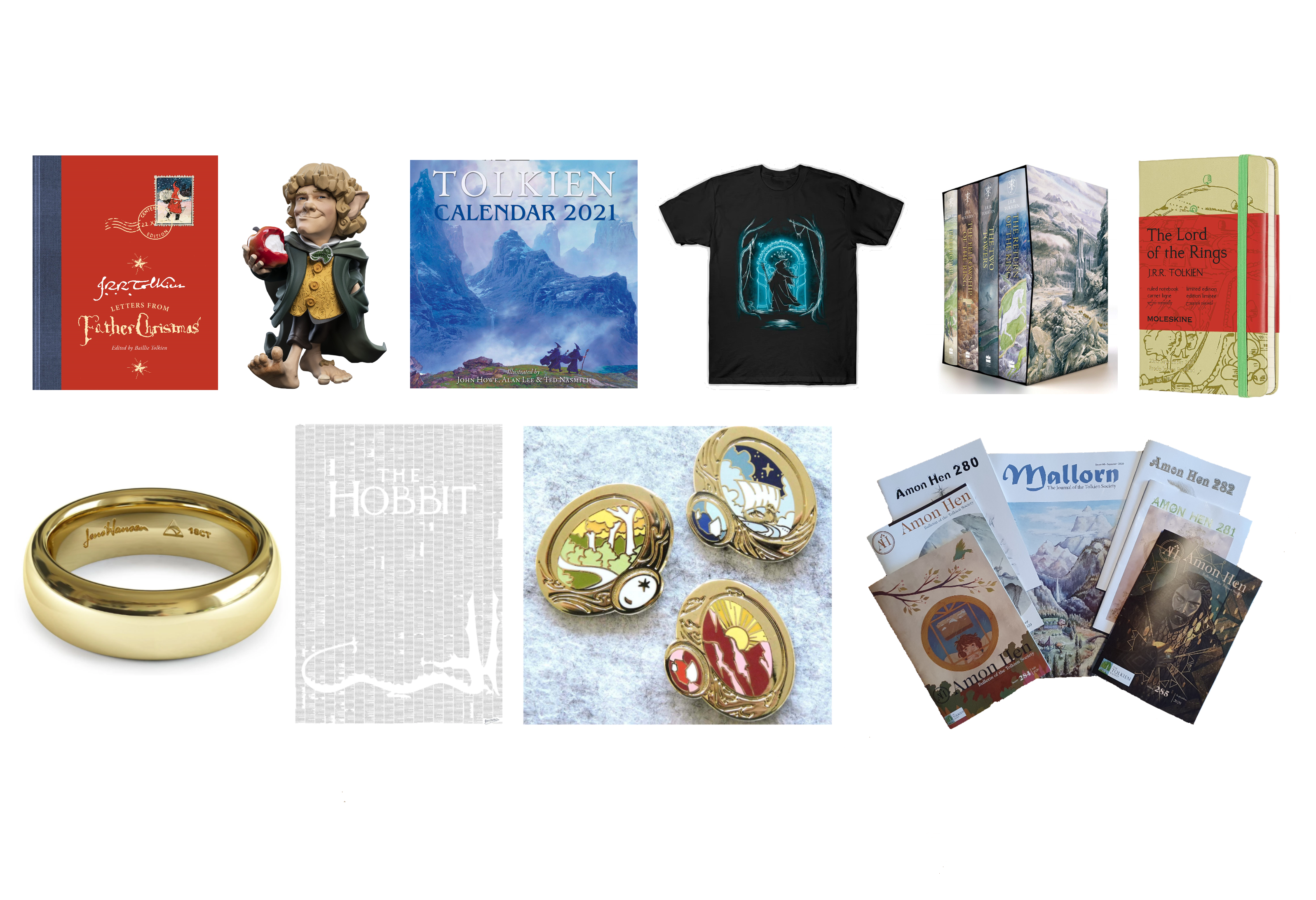A personal follow-up to my post on reading Tolkien: remembrances of reading The Silmarillion when it was new …
I recently attended a Zoom session in which various Tolkienists, most of whom first read his work when young in the 1980s or 1990s, shared their stories. And I saw a few interesting patterns therein.
When I was updating the Mythopoeic Society’s Inklings bibliography, I thought about placing this book, not among the works of Tolkien’s fiction, but in the books about Tolkien, under “The Secondary World.” There’s virtually no narrative here. It’s all brief essays and notes about the life-spans of the Elves and Númenóreans, the rules by which the Valar govern Arda, and similar topics. Almost all of it was written after The Lord of the Rings was published, but any assumption that it’s therefore canonical is over-ridden by the sense that in most of these pieces, Tolkien is just thinking on paper to himself, figuring things out rather than laying down the sub-creational facts. At least this shows what he was doing instead of the impossible project of finishing up the Silmarillion.
Some of the contents have already been published, mostly in specialty journals on the Elven-tongues. (The more technical linguistic material is edited out here.) But even that will be new to most readers. Here are some things I learned from reading this book.
Sad news, that my friend and the distinguished Tolkien scholar Richard West died on 29 November in Madison, Wisconsin. He was 76 and retired from the University of Wisconsin, where he’d been an engineering librarian. He had been in hospital with another chronic illness and contracted the covid. His wife, Perri, was also in the same hospital with the same thing, and it’s part of the cruelness of the virus that they were unable to see each other. (She’s since reportedly recovered.)

As we approach Black Friday, people are turning their attention to the Christmas, and what Tolkien readers and fans might like to receive. Check out the list below of 10 suggestions which hopefully provide a range of ideas for every one. And, if you’re feeling the need for a pick-me-up, there’s always the option of picking up one of these for yourself! (more…)
So here’s a list of what its author, Derek Draven, claims are “8 things that make no sense about the entire quest,” you know, the one in The Lord of the Rings. Actually, the complaints are more about the movies than the book, but I might be able to shed a little enlightenment here. Mind, this is not researched, just off the top of my head, but this list deserves no more than passing and incidental consideration.